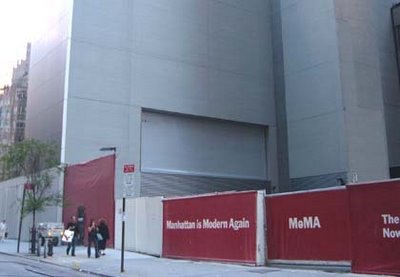Why High Rises Seem Faceless and Impersonal
These pictures from Jan Gehl's Life Between Cities show why high-rise neighborhoods seem faceless and impersonal.
In a series of views, Gehl shows that people on the ground and in a building can see each other clearly looking down from the second floor and the fifth floor, that they can barely see each other looking down from the eight floor, and that they cannot see each other at all looking down from the sixteenth floor.
I would not make the fifth floor the cutoff height, as Gehl does, since I know places where there is a sense of connection with the street even when you are on the ninth floor. But when you get higher than that, people living in a high rise have no visual connection with the surrounding community; they just look out at a distant view (unless that view is blocked by another high rise).
When you walk through a traditional urban neighborhood, with buildings five or six stories high, you can see the faces of people looking out of their windows, and you can see personalizing details such as flowerpots in windows. When you walk through a high-rise neighborhood, you cannot see this sort of thing in most of the building's facade.
The high rises literally are faceless and impersonal. They have all the humanity of a piece of graph paper.

Sorry for the blurry picture, which was the best scan I could get. The text reads:
"Meaningful contact with ground level events is possible only from the first few floors in a multi-story building. Between the thrid and forth floor, a marked decrease in the ability to have contact with the ground level can be observed. Another threshold exists between the fifth and sixth floors. Anything and anyone above the fifth floor is definitely out of touch with ground level events."
Jan Gehl, Life Between Buildings: Using Public Spaces, translated by Jo Koch (New York, Van Nostrand Reinhold, 1987) p. 100.
Apart from what it says about high rises, this is generally considered the best book about how to create lively public places, and I strongly recommend it.
In a series of views, Gehl shows that people on the ground and in a building can see each other clearly looking down from the second floor and the fifth floor, that they can barely see each other looking down from the eight floor, and that they cannot see each other at all looking down from the sixteenth floor.
I would not make the fifth floor the cutoff height, as Gehl does, since I know places where there is a sense of connection with the street even when you are on the ninth floor. But when you get higher than that, people living in a high rise have no visual connection with the surrounding community; they just look out at a distant view (unless that view is blocked by another high rise).
When you walk through a traditional urban neighborhood, with buildings five or six stories high, you can see the faces of people looking out of their windows, and you can see personalizing details such as flowerpots in windows. When you walk through a high-rise neighborhood, you cannot see this sort of thing in most of the building's facade.
The high rises literally are faceless and impersonal. They have all the humanity of a piece of graph paper.

Sorry for the blurry picture, which was the best scan I could get. The text reads:
"Meaningful contact with ground level events is possible only from the first few floors in a multi-story building. Between the thrid and forth floor, a marked decrease in the ability to have contact with the ground level can be observed. Another threshold exists between the fifth and sixth floors. Anything and anyone above the fifth floor is definitely out of touch with ground level events."
Jan Gehl, Life Between Buildings: Using Public Spaces, translated by Jo Koch (New York, Van Nostrand Reinhold, 1987) p. 100.
Apart from what it says about high rises, this is generally considered the best book about how to create lively public places, and I strongly recommend it.

